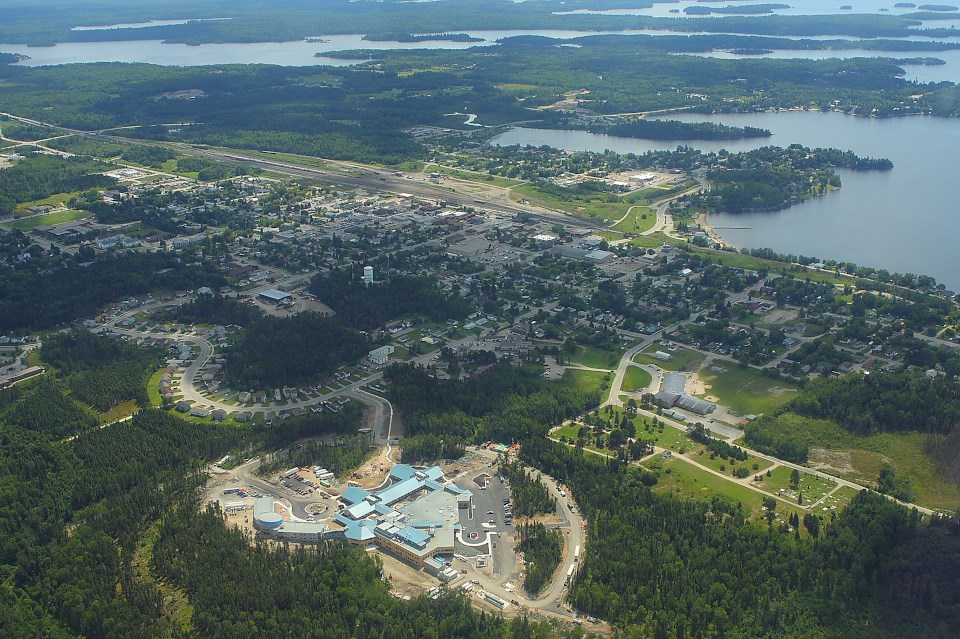SIOUX LOOKOUT – In a resolution passed at the Sept 28 regular council meeting, Sioux Lookout will be joining areas municipalities in voicing concern over the proposed federal electoral boundaries redistribution to the electoral boundary commission.
Back in Aug., Elections Canada proposed merging the federal riding of Kenora with the Thunder Bay- Rainy Rivers riding, and proposed creating the Kiiwetinoong-Mushkegowuk riding which would span the entirety of Far North from the Manitoba border to Quebec’s border. The redistribution would mean that Northern Ontario would lose a seat in the House of Commons which government officials feel would leave a gap in representation over a vast geographical location.
“The North would lose a voice,” said Mayor Douglas Lawrance during the council meeting. “I haven’t heard any happy voice yet. It ignores much of the geography, and the service patterns. I just think about the possibility of joining the Kenora district with the Rainy River district. We have common district services boards. There are only two, but their boundaries are finite. We have the Northwestern Health Unit, which is another area. We have school boards that operate within that area. We have a lot of shared and common interests. A lot of different interests, but a lot of shared and common interests.”
Lawrance suggests to council members that it would make more sense for Thunder Bay to have its own federal riding instead of combining the Kenora district into the Thunder Bay – Rainy River riding.
Fort Frances in their letter to the commission also proposed the same idea as a possible solution if Election’s Canada must redraw the riding lines. Nether municipal, provincial, or federal governments in the North would like to see Northwestern Ontario lose a voice in the House of Commons.
According to Elections Canada, the average riding in Ontario has 111,145 residents. The current Thunder Bay-Rainy River riding has a population of 82,805, while the riding of Kenora has a population of 62,656. Under the proposed boundary changes, the riding would grow to 121,527.
Lawrance discusses the potential impacts on the land if not properly represented. By losing an advocate for Northwestern Ontario in the House of Commons, Lawrance feels that industries such as mining and forestry would potentially suffer as a result.
“I think the land itself needs a voice and who best to have that voice than the people to live and work on the land,” said Lawrance. “When you have one representative that has to go to Manitoba to James Bay to Hudson’s Bay, how do we get to speak to that representative? How would that representative fund or have the time to get to all those places? Those remote access communities like ours.”
Lawrance also hits the council with the fact that during the federal elections, it is extremely hard for small communities to get nominated to run in a federal election. Cities like Thunder Bay have the population to support federal nominees.
“The City of Thunder Bay is a city. It can be its own riding,” said Lawrance. “They’ll end up with two voices because it will be extremely difficult for anybody to get a nomination to a party that comes from Sioux Lookout or comes from Kenora. The nomination will come from the City of Thunder Bay and all the candidates running, in my opinion, the likelihood is they’ll be the City of Thunder Bay and their interest will be the City of Thunder Bay. I’m not dissing Thunder Bay at all. It’s just we lose.”
The public hearings on the federal electoral boundary’s redistribution will take place in Sioux Lookout at the Royal Canadian Legion on Oct 3 at 6:30 p.m. CST. And in Kenora at the Douglas Family Art Centre on Oct. 4 at 6:30 p.m.
